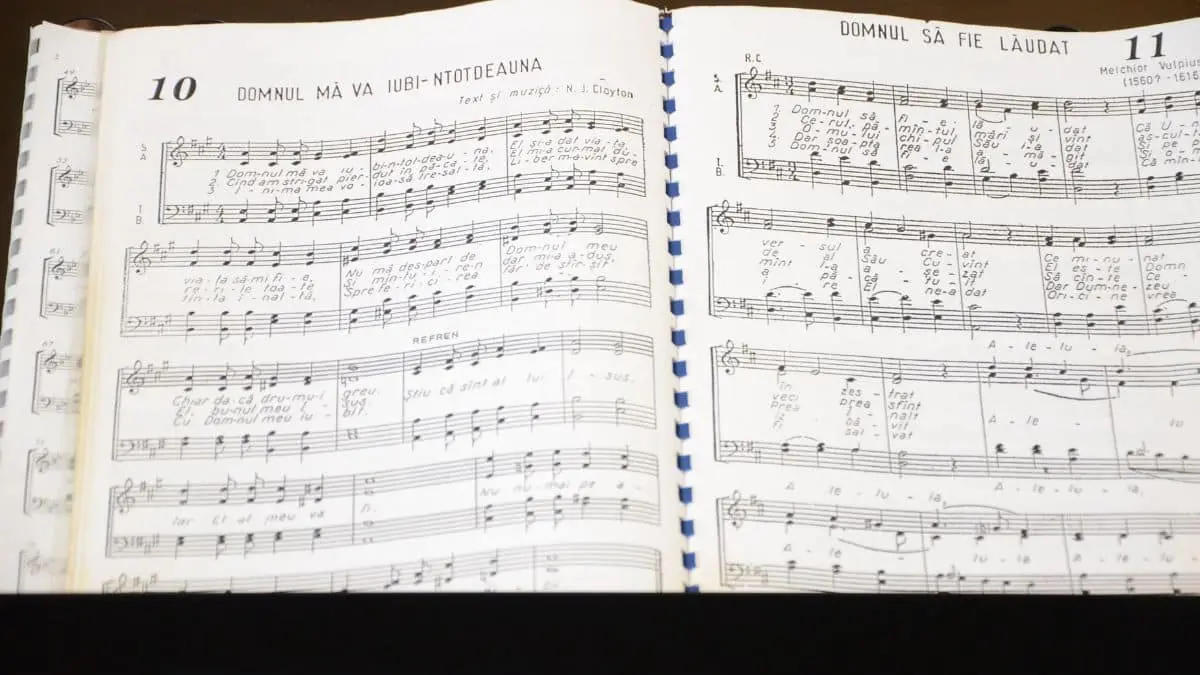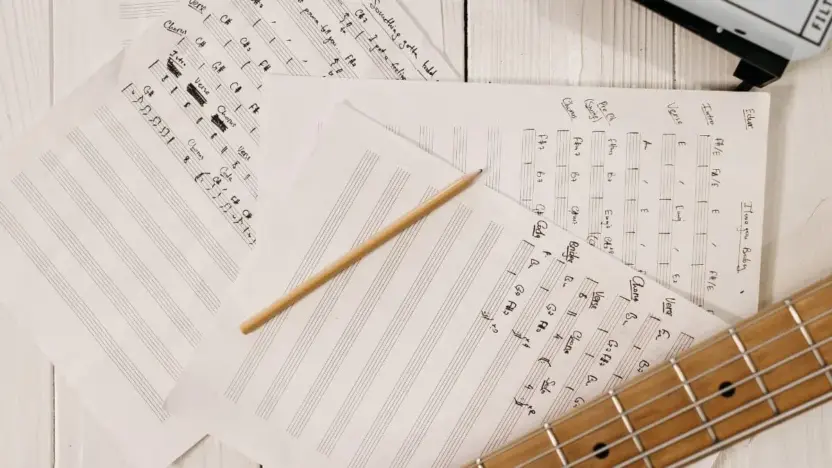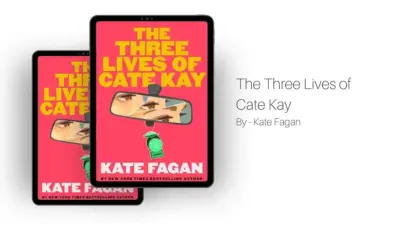Songwriting is a magical blend of creativity, emotion, and technical skill. While some songs appear to flow effortlessly from the imagination, others require meticulous crafting. Whether you’re a seasoned songwriter or a beginner, understanding the process can help refine your craft. Here, we are breaking down the essential steps involve in songwriting.
1. Start with Inspiration
Every song begins with an idea. This could be a personal experience, a conversation, a specific emotion, or even a random thought. To capture inspiration effectively:
- Keep a journal or notes app handy to jot down ideas.
- Explore different art forms like movies, books, or paintings to spark creativity.
- Allow yourself to reflect on personal experiences and emotions.
2. Define Your Song’s Purpose
What message or feeling do you want your song to convey? Identifying the purpose helps guide your writing process and ensures your song resonates with listeners. Ask yourself:
- Is this song about telling a story?
- Do I want to evoke a specific emotion?
- Am I writing this for a specific audience or genre?
3. Choose a Structure
A song’s structure provides the framework for your lyrics and melody. Common structures include:
- Verse-Chorus-Verse-Chorus: A standard pop structure.
- Verse-Chorus-Bridge-Chorus: Adds a contrasting section to keep things interesting.
- AABA: Often used in classic ballads or jazz songs.
Experiment with different structures to see which best fits your idea.

4. Write the Lyrics
Lyrics are the heart of your song. They communicate your message and connect with listeners. To craft compelling lyrics:
- Use vivid imagery and metaphors to make your words impactful.
- Keep your audience in mind—relatable themes often resonate more.
- Edit ruthlessly—trim unnecessary words or phrases that don’t serve the song.
5. Develop a Melody
Melody is what makes your song memorable. It’s the tune that sticks in a listener’s head. When creating a melody:
- Experiment with different scales and intervals to find unique patterns.
- Hum or sing freely to discover natural, catchy phrases.
- Play around with repetition to make your melody stick.
6. Incorporate Harmony and Chords
Chords and harmony add depth and emotion to your song. To enhance your composition:
- Choose a chord progression that complements your melody.
- Experiment with major and minor chords to set the tone.
- Use inversions or add seventh chords for a more complex sound.
7. Refine the Rhythm
Rhythm gives your song energy and drive. Pay attention to:
- The tempo—determine if your song feels best as a slow ballad or an upbeat anthem.
- Syncopation—play with off-beat patterns for a more dynamic feel.
- Variations in rhythm between sections to create contrast and maintain interest.

8. Edit and Polish
Once you’ve drafted your song, it’s time to refine it. Here’s how:
- Record yourself playing or singing the song and listen critically.
- Seek feedback from trusted friends or fellow musicians.
- Be open to reworking sections that don’t feel strong enough.
9. Test Your Song
Perform your song for a small audience or share a demo online. Observe how listeners react and make adjustments based on their feedback. Sometimes, the process of performing can reveal areas for improvement.
10. Finalize and Record
When you’re satisfied with your song, it’s time to record. Whether you choose a professional studio or a home setup, ensure the recording captures the essence of your song. Pay attention to:
- Vocal delivery—emphasize emotions and dynamics.
- Instrumentation—balance all elements to create a cohesive sound.
- Mixing and mastering—enhance the final product for a polished finish.
Also Read: The Impact of Classic Literature on Modern Writing



